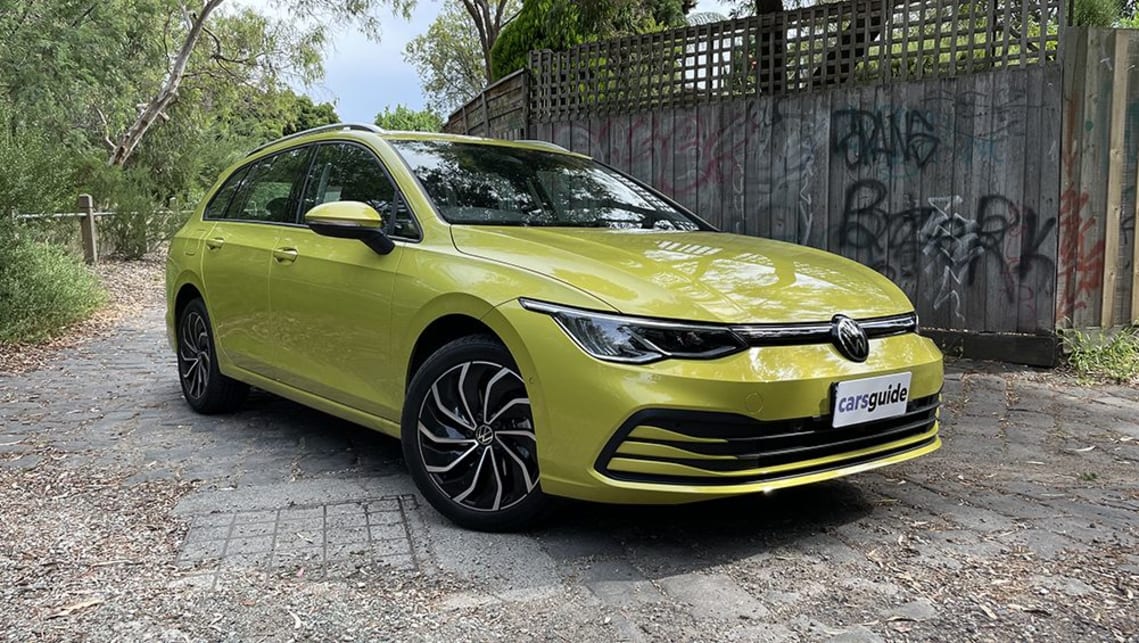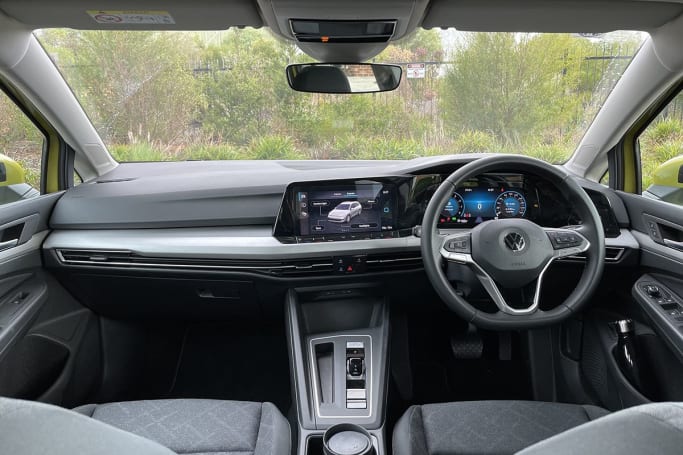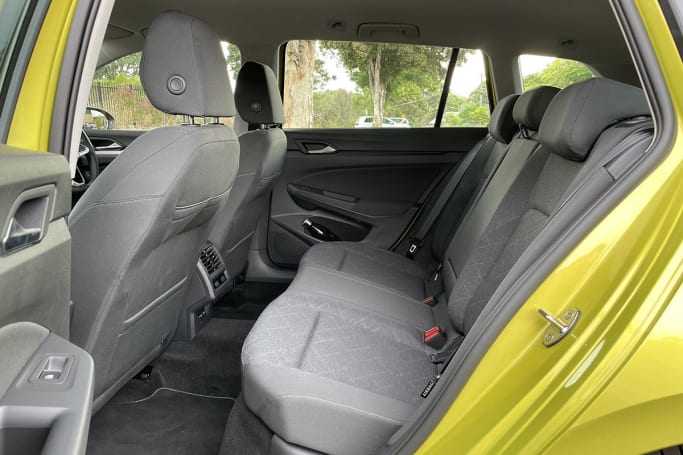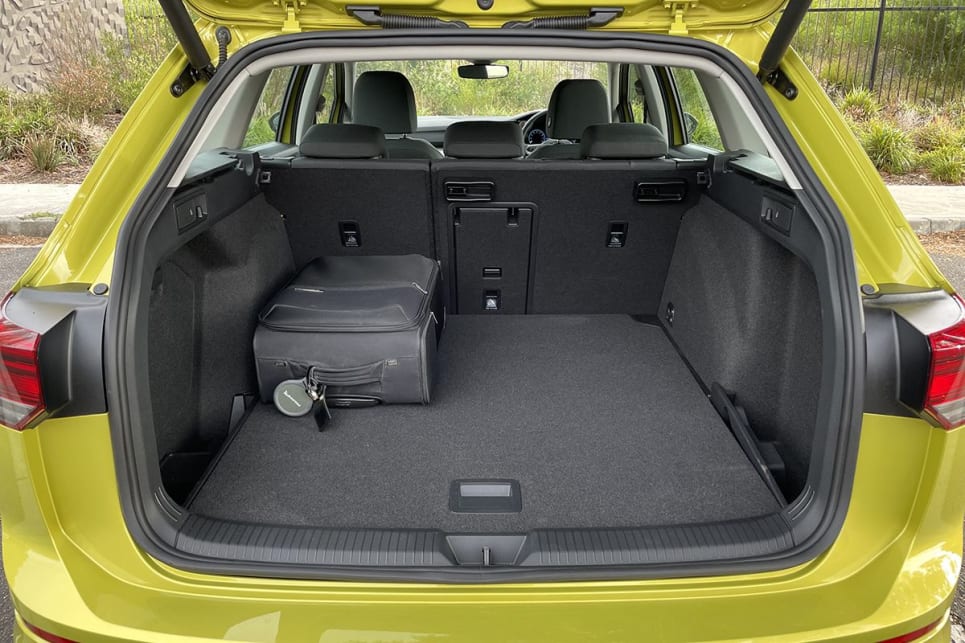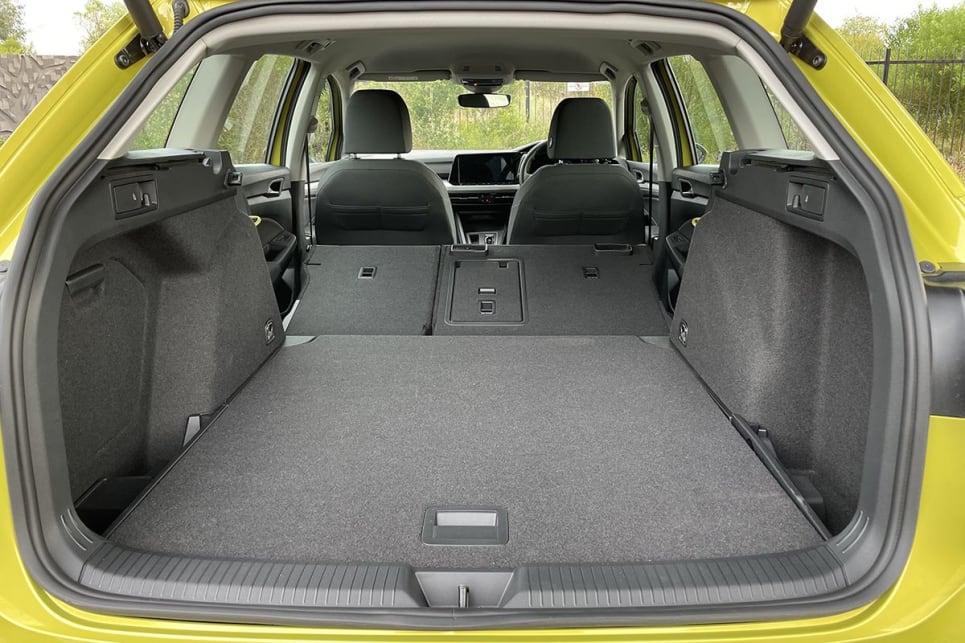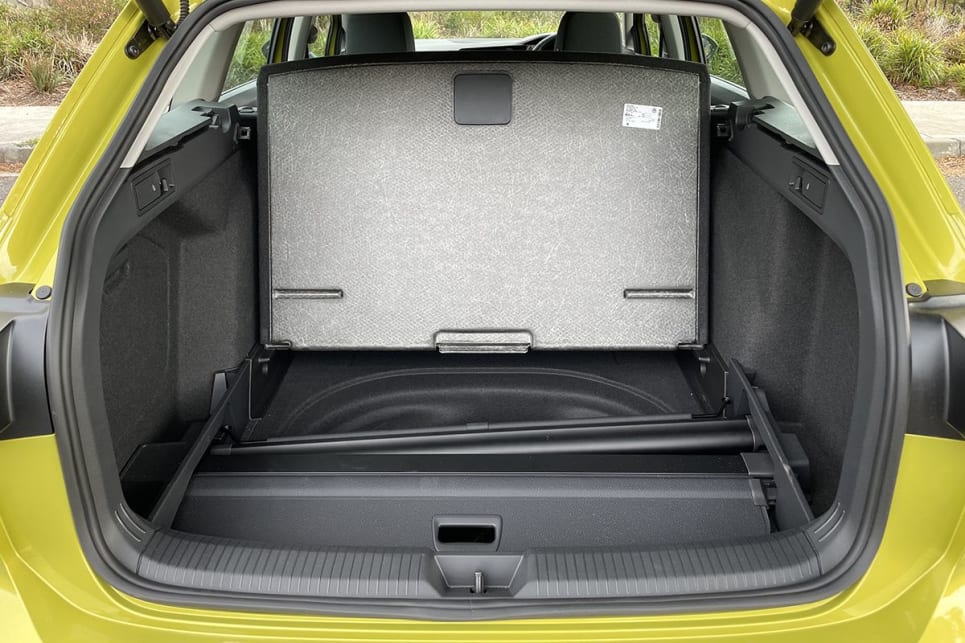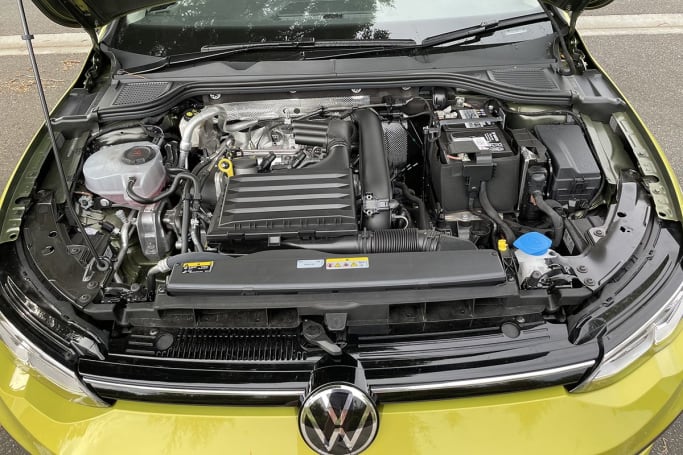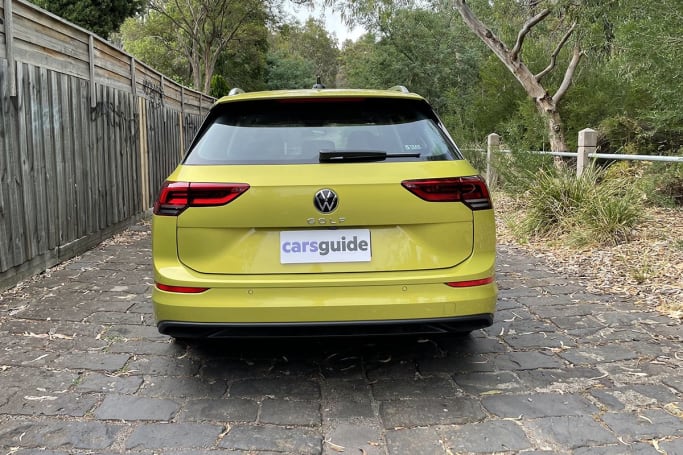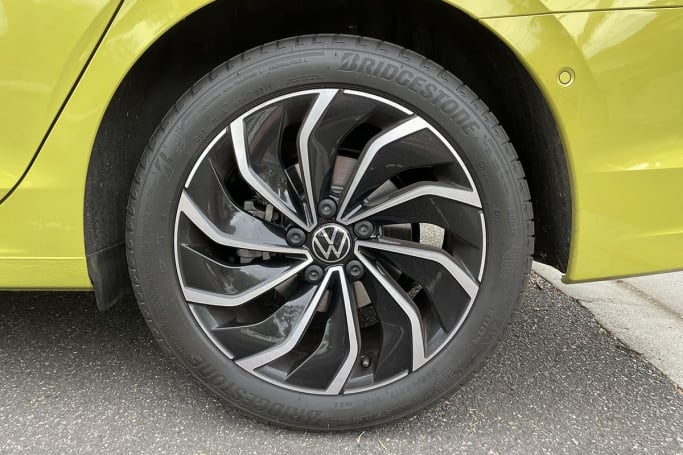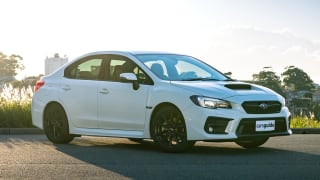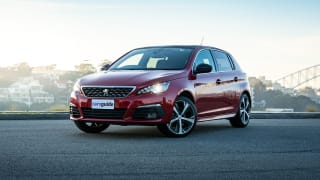The week we tested the Volkswagen Golf 110TSI Life wagon, Volkswagen increased pricing for all Golf variants by between $640 and $840.
The Golf Life wagon went up by $840 and now costs $37,290 before on-road costs. It’s the highest-grade Golf wagon until the April arrival of the hi-po Golf R wagon ($69,990). The entry-level Golf wagon starts from $34,490.
The only option fitted to the test car was premium paint ($900). Buyers can add option packs including the 'Sound and Vision Package' ($1500) and 'Comfort and Style Package' ($2000).
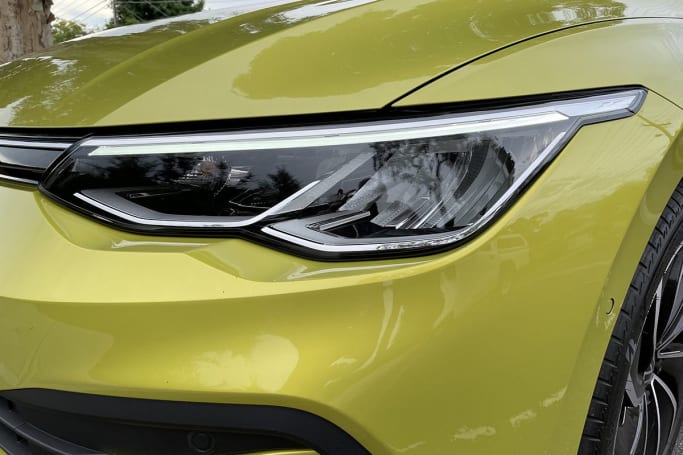
Standard features include rain-sensing wipers, 17-inch alloy wheels, keyless entry and start, power folding and heated exterior mirrors, auto-dimming rear-view mirror, digital instrument cluster, ‘comfort’ cloth seats, a 12-volt socket in the boot area, three-zone air conditioning, 10-colour ambient lighting, LED head and tail-lights and chrome roof rails, as well as a suite of safety features (see section below).
Multimedia consists of a 10-inch touchscreen with satellite navigation, wireless Apple CarPlay and Android Auto, proximity sensor, gesture and voice control and vehicle functions.
DAB+ digital radio has just been rolled out as standard across the range as part of the model year 2022 update.
It’s difficult to compare the Golf’s pricing and specification with its small wagon rivals because, as of publication, there aren’t any.
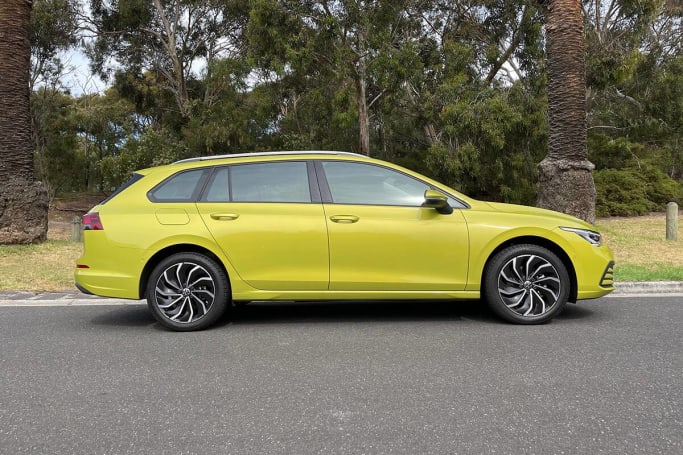
Peugeot will launch its new-generation 308 hatchback and wagon in the third quarter but pricing is yet to be announced. While the incoming Subaru WRX wagon is a performance model and will likely carry a higher price tag and be pitched at a different buyer.
There are, of course, a long list of small SUVs that some buyers might consider instead of a wagon, but none will have the cargo space or rear-seat space of the Golf wagon.
VW’s small SUV, the T-Roc, is available in 110TSI Style guise from $35,500 but it lacks some of the tech features in the newer Golf, like wireless charging, wireless Apple CarPlay and Android Auto, and it has a smaller 8.0-inch touchscreen using VW’s previous-generation multimedia system.


